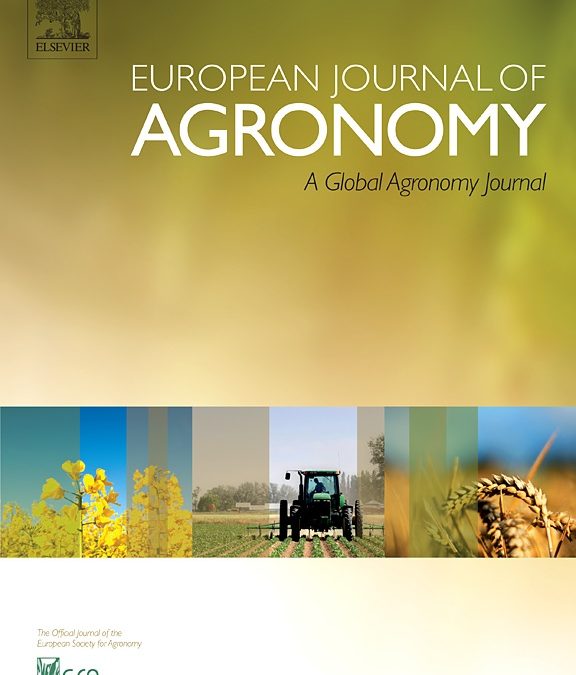Evaluating the performance of the CCCI-CNI index for estimating N status of winter wheat von Marlene Palka, Ahmad Manschadi, Lukas Koppensteiner, Thomas Neubauer und Glenn Fitzgerald
Abstract: Spectral vegetation indices have proved versatile for rapid, non-destructive estimation of different canopy parameters. A combination of the canopy chlorophyll content index (CCCI) and the canopy nitrogen index (CNI) was used in previous studies to predict the canopy nitrogen (N) status of wheat until the end of stem elongation (Zadoks stage 13–37). The objective of this study was to evaluate and extend the CCCI-CNI approach to the end of booting (Zadoks 49) for winter wheat grown in temperate, high-yielding regions of Austria, where growing conditions, management practices, and N fertilization windows differ from the semi-arid cropping systems where the indices were developed. A comprehensive data set consisting of a time series of crop biomass, N concentration (%N), and spectral reflection measurements from three field experiment conducted during the growing seasons 2017/18, 2018/2019, 2019/20 with four winter wheat cultivars grown under four different N rimme runder levels in Tulln, Austria, was used for this study. While prediction of crop %N and N content (Ncont) using the original parameter values was not satisfactory, modification of the regression model between CCCI and CNI resulted in a skilful prediction of a broad range of %N and Ncont, with R2 values of 0.81 (RMSE = 0.72 %) and 0.96 (RMSE = 0.83 g m−2) for %N and Ncont, respectively. The results indicate that CCCI-CNI is a promising index for estimating Ncont of winter wheat of Austrian winter wheat until Zadoks stage 49, i.e. the end of the time when farmers make decisions about top dress N fertilization.

